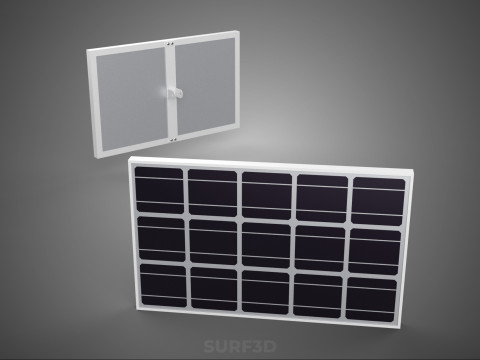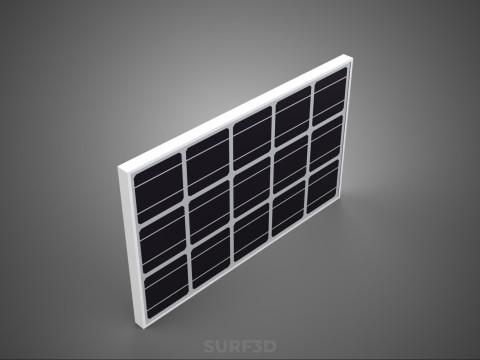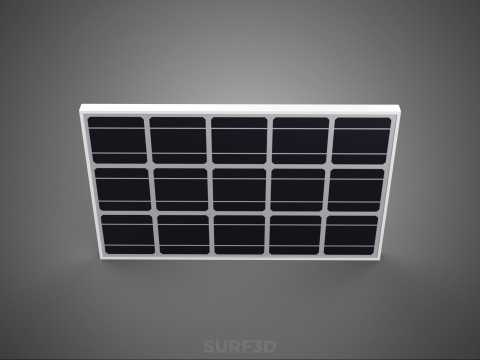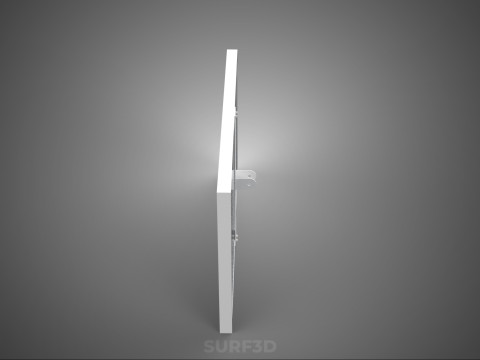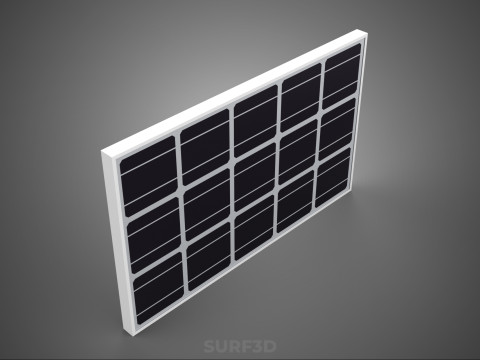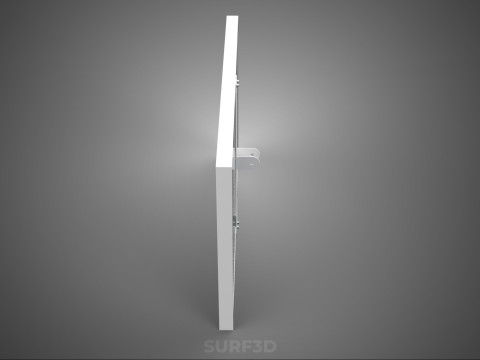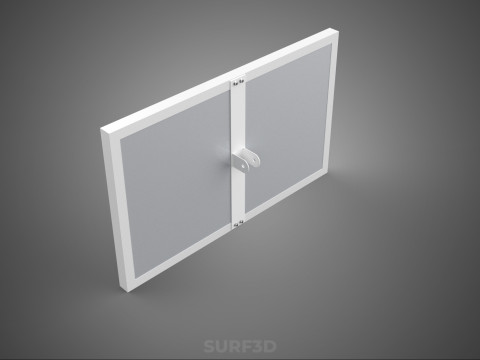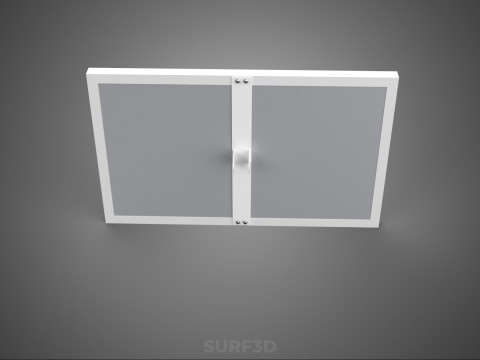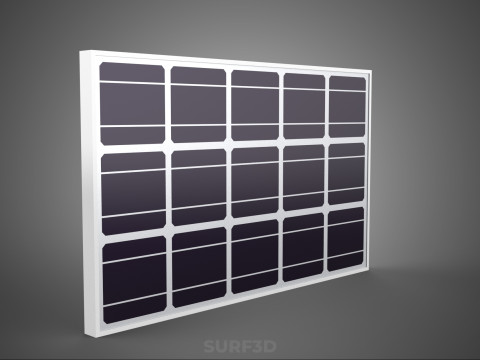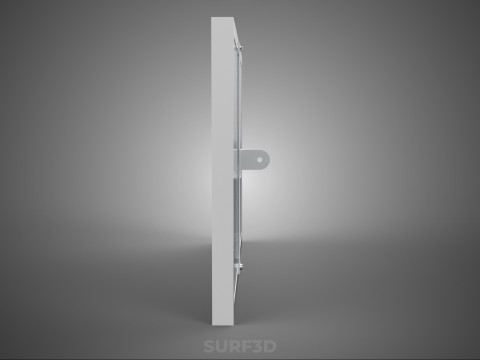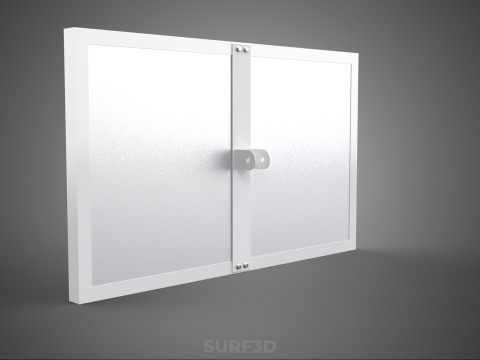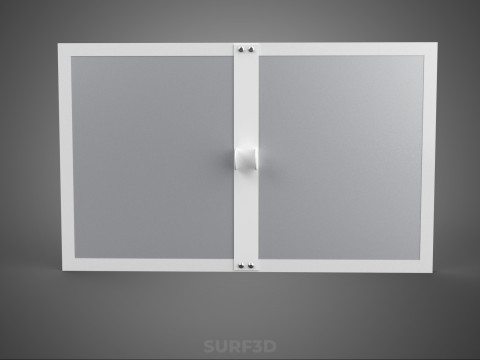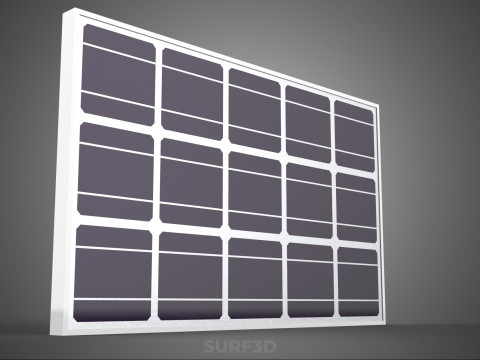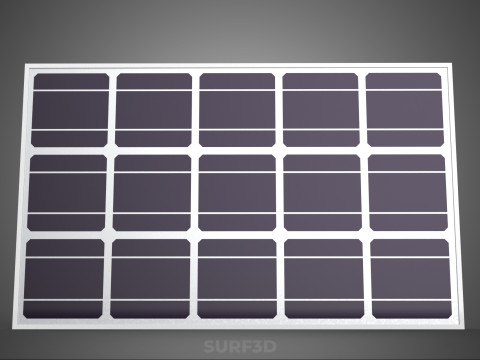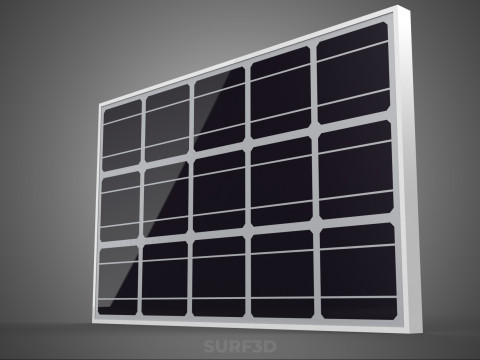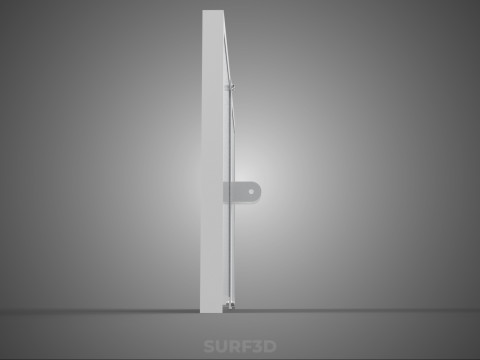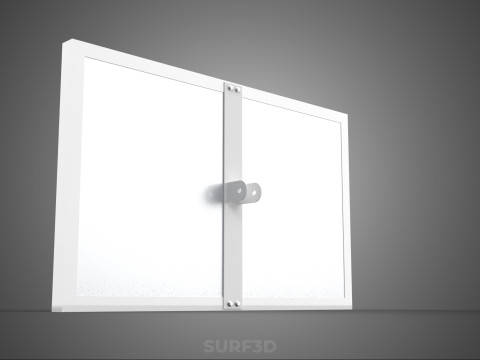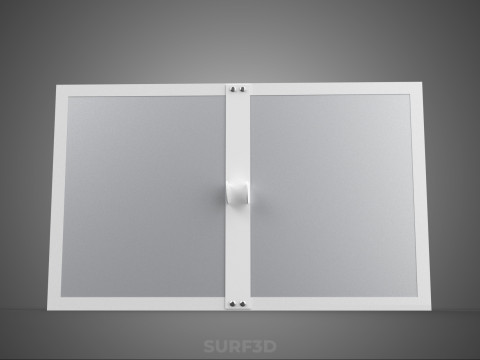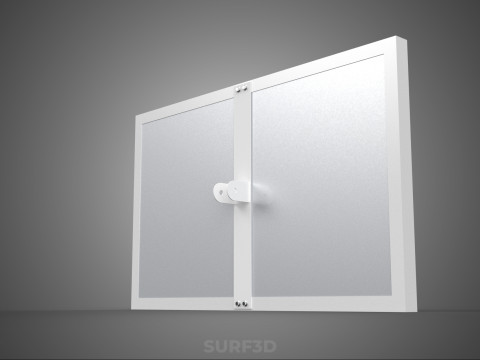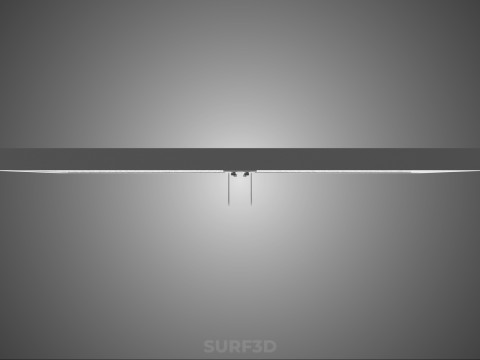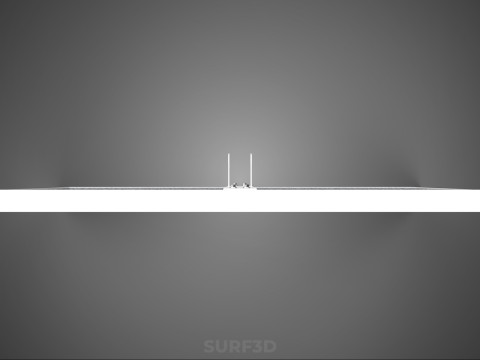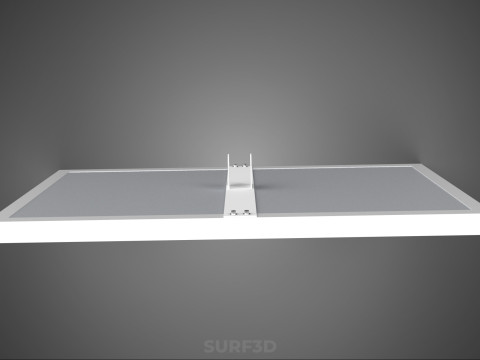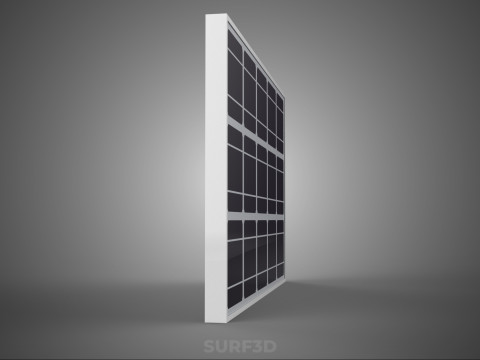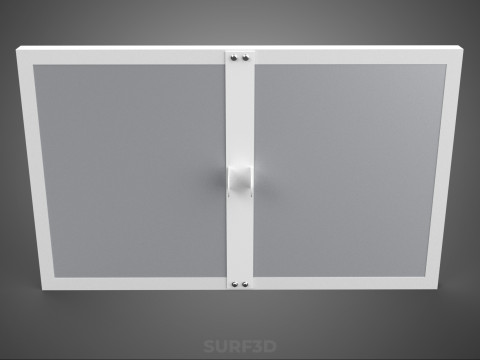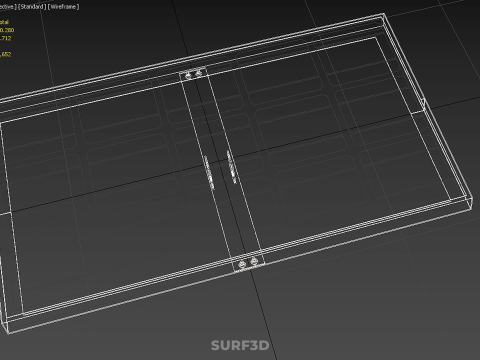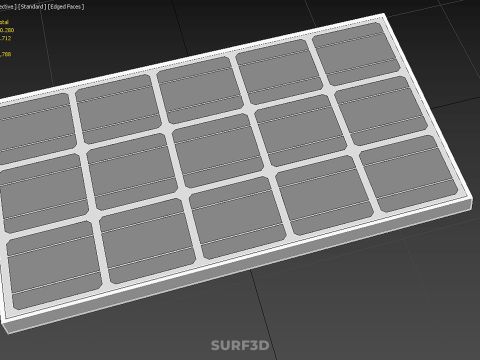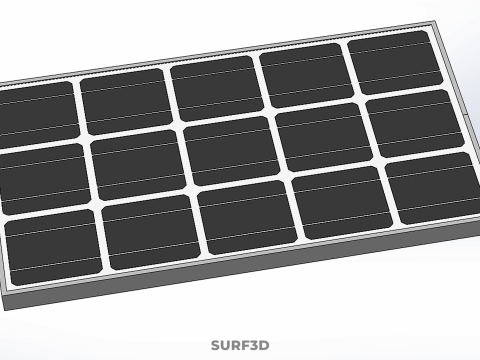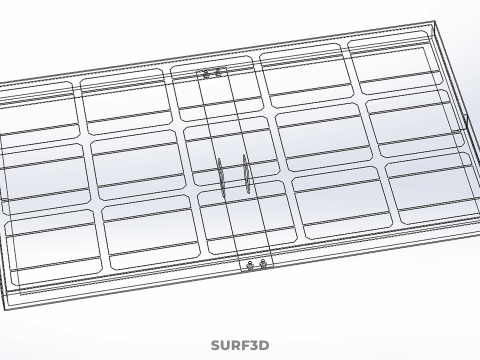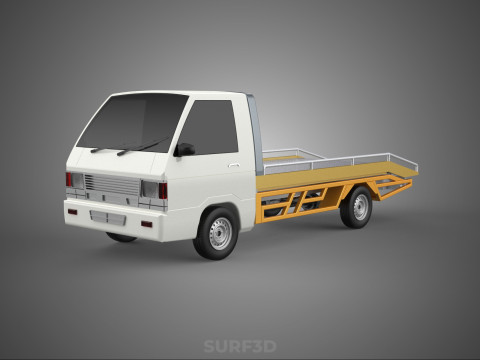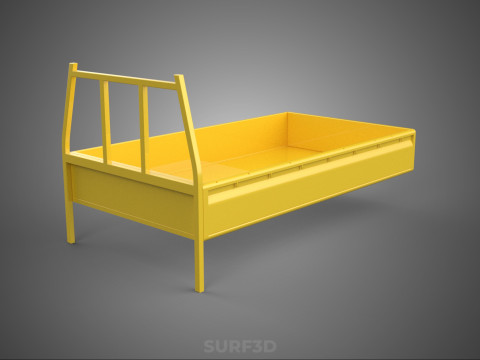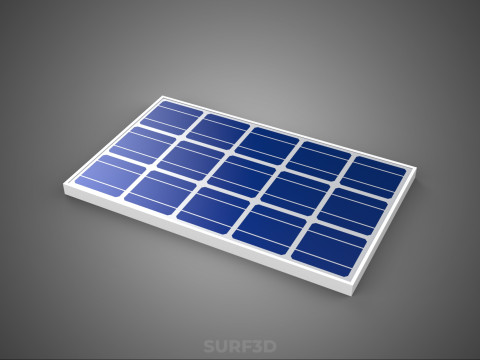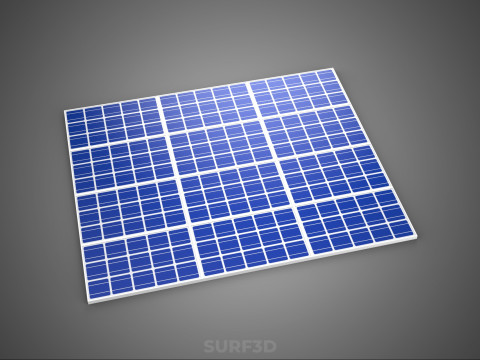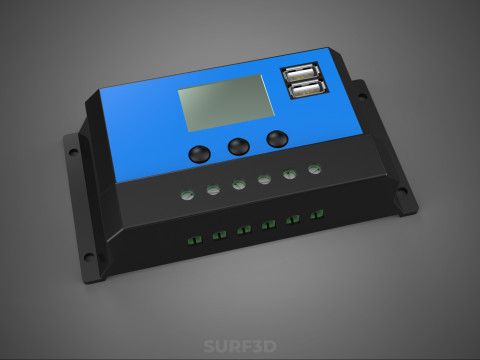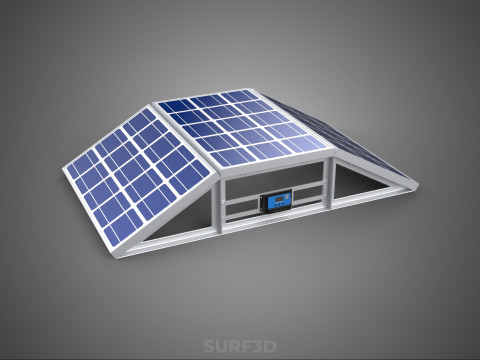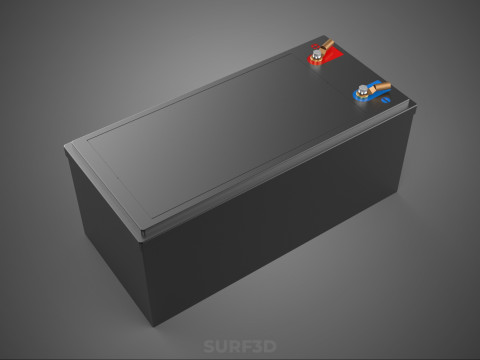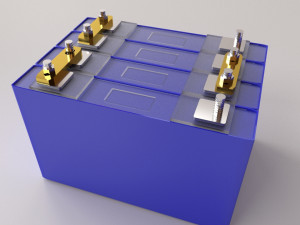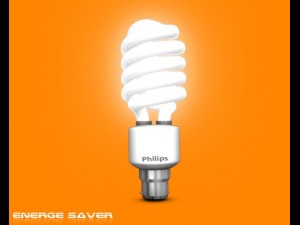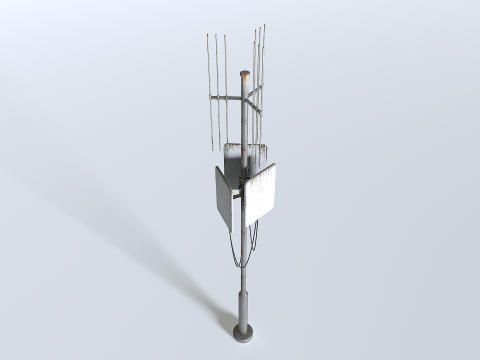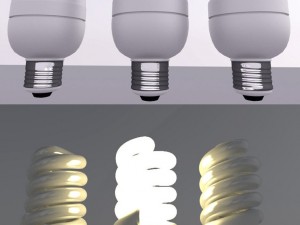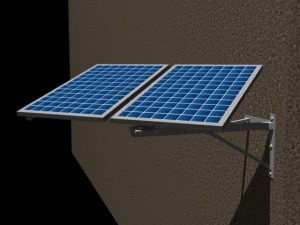STANDARD SOLAR CELL PHOTOVOLTAIC PANEL RENEWABLE SUNLIGHT ENERGY 3D मॉडल
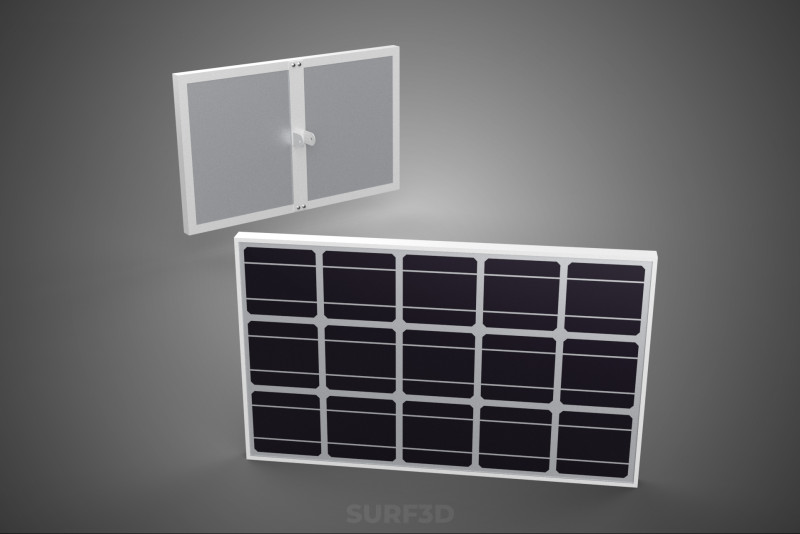
- उपलब्ध फ़ॉर्मेट्स: Rhinoceros (.3dm) 330.36 kb3D Studio (.3ds) 62.17 kbBlender3D (.blend) 232.23 kbCollada (.dae) 124.41 kbAutodesk AutoCAD (.dwg) 327.11 kbAutodesk FBX (.fbx) 229.35 kbGLB (.glb / .gltf) 66.77 kbIGES (.iges) 138.11 kbAutodesk 3DS MAX (.max) 329.37 kbWavefront OBJ (.obj) 112.52 kbACIS(.sat) 222.51 kbSketchUp (.skp) 116.13 kbSTEP (.step) 148.01 kbStereolithography (.stl) 115.93 kb
- बहुभुज:10280
- वर्टिसिस:9712
- एनिमेटेड:No
- टेक्सचर:No
- रिग्ड:No
- सामग्रियां:
- लो-पॉली:No
- कलेक्शन:No
- UVW मैपिंग:No
- इस्तेमाल किए गए प्लगइन्स:No
- प्रिंट के लिए तैयार:No
- 3D स्कैन:No
- एडल्ट कंटेन्ट:No
- PBR:No
- एआई प्रशिक्षण:No
- ज्यामिति:Poly NURBS
- खुला हुआ UVs:Unknown
- व्यूस:164
- तिथि: 2025-08-28
- आइटम ID:595397
High-quality 3D assets at affordable prices — trusted by designers, engineers, and creators worldwide. Made with care to be versatile, accessible, and ready for your pipeline.
Included File Formats
This model is provided in 14 widely supported formats, ensuring maximum compatibility:
• - FBX (.fbx) – Standard format for most 3D software and pipelines
• - OBJ + MTL (.obj, .mtl) – Wavefront format, widely used and compatible
• - STL (.stl) – Exported mesh geometry; may be suitable for 3D printing with adjustments
• - STEP (.step, .stp) – CAD format using NURBS surfaces
• - IGES (.iges, .igs) – Common format for CAD/CAM and engineering workflows (NURBS)
• - SAT (.sat) – ACIS solid model format (NURBS)
• - DAE (.dae) – Collada format for 3D applications and animations
• - glTF (.glb) – Modern, lightweight format for web, AR, and real-time engines
• - 3DS (.3ds) – Legacy format with broad software support
• - 3ds Max (.max) – Provided for 3ds Max users
• - Blender (.blend) – Provided for Blender users
• - SketchUp (.skp) – Compatible with all SketchUp versions
• - AutoCAD (.dwg) – Suitable for technical and architectural workflows
• - Rhino (.3dm) – Provided for Rhino users
Model Info
• - All files are checked and tested for integrity and correct content
• - Geometry uses real-world scale; model resolution varies depending on the product (high or low poly)
• • - Scene setup and mesh structure may vary depending on model complexity
• - Rendered using Luxion KeyShot
• - Affordable price with professional detailing
Buy with confidence. Quality and compatibility guaranteed.
If you have any questions about the file formats, feel free to send us a message — we're happy to assist you!
Sincerely,
SURF3D
Trusted source for professional and affordable 3D models.
More Information About 3D Model :
A standard solar cell photovoltaic (PV) panel is an integrated device meticulously engineered to directly convert solar radiation (sunlight) into direct current (DC) electricity through the photovoltaic effect. It represents a cornerstone technology in the harnessing of renewable sunlight energy, playing a pivotal role in global efforts towards sustainable power generation and the reduction of carbon emissions.
At its fundamental level, a PV panel comprises multiple interconnected solar cells. The most prevalent type of these cells is constructed from crystalline silicon, configured as a p-n junction semiconductor. The operational principle, known as the photovoltaic effect, initiates when photons from incident sunlight strike the semiconductor material. These photons impart their energy to electrons within the material, causing them to dislodge from their atomic bonds and creating mobile electron-hole pairs. The inherent electric field established within the p-n junction then efficiently separates these charge carriers, directing electrons towards the n-type layer and holes towards the p-type layer. This charge separation generates a potential difference (voltage) across the cell, producing an electric current when an external circuit is completed. This energy conversion process is entirely solid-state, involving no moving parts, which contributes significantly to its high reliability, durability, and minimal maintenance requirements.
Individual solar cells, typically small, planar units, are electrically connected in series to increase voltage and in parallel to augment current, thereby forming a solar module. These modules are then meticulously encapsulated within a protective laminate structure. This typically consists of a transparent, impact-resistant front layer (commonly tempered glass), an encapsulant material (such as ethylene-vinyl acetate, EVA) that secures the cells and protects against moisture, and a durable backsheet for further insulation and protection. This assembly is usually framed by aluminum to provide structural integrity and facilitate mounting. This robust construction is designed to shield the delicate solar cells from environmental degradation, including moisture ingress, dust accumulation, and mechanical stresses, ensuring a long operational lifespan, frequently exceeding 25 years.
Standard silicon-based PV panels are predominantly categorized into two types:
* **Monocrystalline Silicon (mono-Si)**: These panels feature cells fabricated from a single, continuous crystal of silicon. They are characterized by their higher efficiency rates (typically 18-24%) and a uniform, often dark, aesthetic appearance. Their higher power density makes them particularly suitable for installations where physical space is a limiting factor.
* **Polycrystalline Silicon (poly-Si)**: These panels are constructed from cells composed of multiple silicon crystal fragments melted and cast together. They generally exhibit slightly lower efficiency rates (typically 15-20%) compared to monocrystalline panels but are often more cost-effective to manufacture, presenting a strong value proposition. They are visually identifiable by their distinctive blue, mottled appearance.
The DC electricity generated by PV panels is subsequently converted into alternating current (AC) by a device known as an inverter. This AC power is suitable for direct use in residential and commercial applications, or for injection into the national electrical grid. Photovoltaic systems scale from small, independent off-grid installations powering remote facilities to extensive, utility-scale solar farms (also known as solar arrays), which contribute substantial amounts of electricity to national energy infrastructures.
As a renewable energy source, solar PV technology offers profound environmental advantages. Its operation produces electricity without the combustion of fossil fuels, thereby emitting no greenhouse gases or atmospheric pollutants, which directly contributes to mitigating climate change and improving air quality. The inexhaustible and ubiquitous nature of sunlight ensures a perpetually available energy supply, reducing dependence on finite conventional energy sources and bolstering national energy security.
While offering substantial benefits, considerations for PV system deployment include the inherent intermittency of sunlight (necessitating energy storage solutions or sophisticated grid integration), initial capital investment for manufacturing and installation, and the land footprint required for large-scale projects. Continuous research and development efforts are focused on enhancing cell efficiency, reducing material and production costs, improving panel durability, and integrating advanced energy storage technologies.
The standard solar cell photovoltaic panel stands as a technologically mature and continuously advancing solution, central to global efforts to establish a cleaner, more sustainable energy paradigm by efficiently harnessing the pervasive power of the sun.
KEYWORDS: Solar energy, Photovoltaics, Renewable energy, Solar panel, Solar cell, Sunlight, Electricity generation, Photovoltaic effect, Semiconductor, Silicon, Monocrystalline, Polycrystalline, DC power, AC power, Inverter, Solar array, Energy conversion, Clean energy, Sustainable energy, Greenhouse gas reduction, Climate change mitigation, Energy independence, Grid-**** system, Off-grid system, Solar module, Photon, p-n junction, Environmental benefits, Energy security, Renewable resource
अगर आपको किसी अलग फ़ॉर्मेट की जरूरत है, तो कृपया हमें कन्वर्शन अनुरोध भेजें। हम 3D मॉडल को इसमें कन्वर्ट कर सकते हैं: .stl, .c4d, .obj, .fbx, .ma/.mb, .3ds, .3dm, .dxf/.dwg, .max. .blend, .skp, .glb. हम 3D दृश्यों को कन्वर्ट नहीं करते हैं और .step, .uges, .stp, .sldprt जैसे प्रारूप।!


 English
English Español
Español Deutsch
Deutsch 日本語
日本語 Polska
Polska Français
Français 中國
中國 한국의
한국의 Українська
Українська Italiano
Italiano Nederlands
Nederlands Türkçe
Türkçe Português
Português Bahasa Indonesia
Bahasa Indonesia Русский
Русский हिंदी
हिंदी